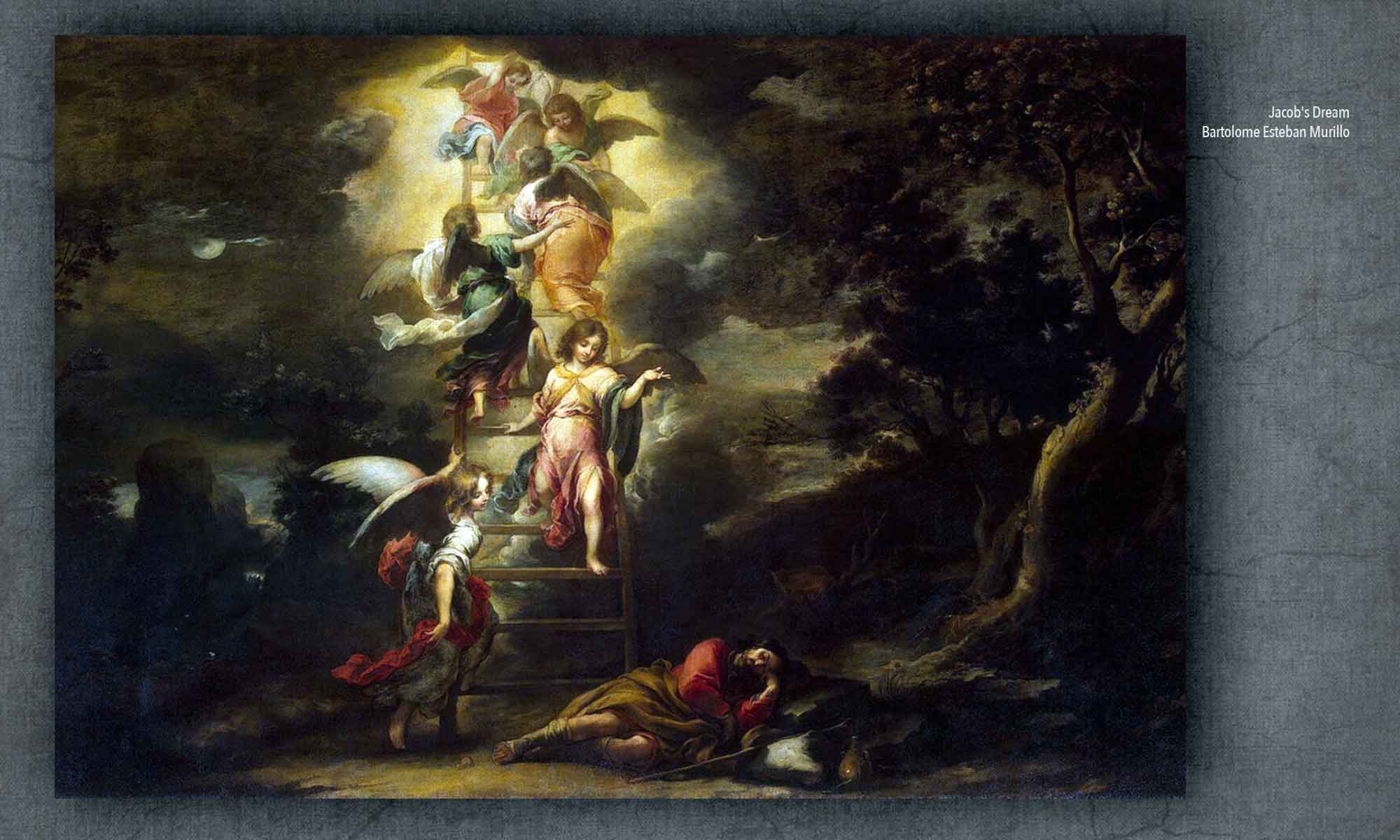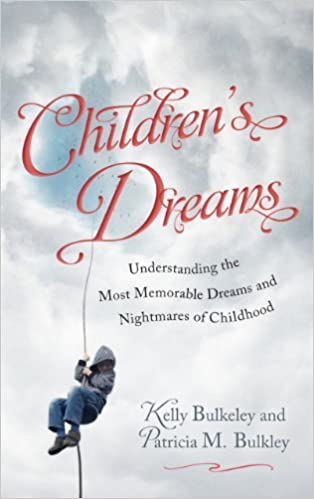 H.P. Lovecraft (pictured to the left) wrote the short story “The Call of Cthulhu” in 1926, and first published it in 1928 in the magazine Weird Tales. The story centers on Professor George Angell, Semitic languages expert at Brown University, who dies under suspicious circumstances and leaves his papers to the care and disposition of his grand-nephew Thurston. Among the papers is a peculiar file titled “CTHULHU CULT.” As Thurston reads its contents he realizes that just before Prof. Angell died he discovered a horrifying, sanity-shattering truth–Beneath the ocean dwells a blasphemous creature of primordial evil, worshipped in bloody rituals by secret groups all around the world trying to hasten the day of its return. Professor Angell diligently gathered and analyzed several types of data to reach this shocking (and perhaps fatal) conclusion. Foremost among his sources of evidence are first-hand reports of strange and unusually memorable dreams.
H.P. Lovecraft (pictured to the left) wrote the short story “The Call of Cthulhu” in 1926, and first published it in 1928 in the magazine Weird Tales. The story centers on Professor George Angell, Semitic languages expert at Brown University, who dies under suspicious circumstances and leaves his papers to the care and disposition of his grand-nephew Thurston. Among the papers is a peculiar file titled “CTHULHU CULT.” As Thurston reads its contents he realizes that just before Prof. Angell died he discovered a horrifying, sanity-shattering truth–Beneath the ocean dwells a blasphemous creature of primordial evil, worshipped in bloody rituals by secret groups all around the world trying to hasten the day of its return. Professor Angell diligently gathered and analyzed several types of data to reach this shocking (and perhaps fatal) conclusion. Foremost among his sources of evidence are first-hand reports of strange and unusually memorable dreams.
Was Professor Angell the first empirical dream researcher?
“The Call of Cthulhu” describes a process of studying dreams that is more scientific than anything found in the works of Freud and Jung, who were contemporaries of Lovecraft. Nothing like it appears until the content analysis method of Hall and Van de Castle in the 1960’s. Prof. Angell’s investigation thus predates by several decades a major shift in dream research from a reliance on clinical case studies toward more systematic analyses of large, demographically diverse collections of data.
The first section of the Cthulhu Cult file bears the title “1925–Dream and Dream Work of H.A. Wilcox.” Young Wilcox was an art student at the Rhode Island School of Design who created a bas-relief sculpture of a strange monster that attracted Prof. Angell’s keen attention. The bas-relief was inspired by a bizarre series of dreams that Wilcox, always a sensitive and emotionally troubled soul, began having in late February of 1925. He first visited Prof. Angell to show him the piece on March 1. Asked its age, Wilcox oddly replied, “It is new, indeed, for I made it last night in a dream of strange cities; and dreams are older than brooding Tyre, or the contemplative Sphinx, or garden-girdled Babylon.” (49)
When Wilcox described hearing sounds in his dreams that might be rendered as “Cthulhu fhtagn,” Prof. Angell became intensely interested. “He questioned the sculptor with scientific minuteness” (49), determining that Wilcox did not have any prior familiarity with secret societies or occult lore. Whatever Wilcox was dreaming about did not arise from any specific experience or knowledge gained in his waking life. The dreams clearly came from some place, or some thing, else.
Professor Angell then “besieged his visitor with demands for future reports of dreams” (49), which Wilcox provided in startling abundance. On March 23 a fever seized Wilcox, completely unhinging his mind. He raved about dreams of a “gigantic thing miles high which walked or lumbered about.” (50)
Then on April 2, the fever and delirium suddenly passed. Wilcox recovered his senses, unaware of anything that had happened since March 23: ” “all traces of strange dreaming had vanished with his recovery, and my uncle kept no record of his night-thoughts after a week of pointless and irrelevant accounts of thoroughly usual visions.” (50)
So far, Prof. Angell’s investigation had used a method very similar to Freud’s and Jung’s, namely the close observation and interrogation of a mentally ill person. But the professor widened his investigation to seek unusual dream reports from many other people. The Cthulhu Cult file contained numerous notes and letters “descriptive of the dreams of various persons covering the same period as that in which young Wilcox had had his strange visitations. My uncle, it seems, had quickly instituted a prodigiously far-flung body of inquiries amongst nearly all the friends whom he could question without impertinence, asking for nightly reports of their dreams, and the dates for any notable visions for some time past. The reception of his request seems to have been varied; but he must, at the very least, have received more responses than any ordinary man could have handled without a secretary. ” (51)
Professor Angell analyzed all of these dream reports in relation to each individual’s character, background, and occupation, and he identified a disturbing pattern that confirmed the awful hypothesis he had formulated while studying Wilcox’s dreams:
“Average people in society and business–New England’s traditional ‘salt of the earth’–gave an almost completely negative result, though scattered cases of uneasy but formless nocturnal impressions appear here and there, always between March 23 and April 2–the period of young Wilcox’s delirium. Scientific men were little more affected, though four cases of vague description suggest fugitive glimpses of strange landscapes, and in one case there is mentioned a dread of something abnormal. It was from the artists and poets that the pertinent answers came, and I know that panic would have broken loose had they been able to compare notes…These responses from esthetes told a disturbing tale. From February 28 to April 2 a large proportion of them had dreamed very bizarre things, the intensity of the dreams being immeasurably the stronger during the period of the sculptor’s delirium. Over a fourth of those who reported anything, reported scenes and half-sounds not unlike those which Wilcox had described; and some of the dreamers confessed acute fear of the gigantic nameless thing visible toward the last.” (51)
The Cthulhu Cult file contained additional material from a 1908 police investigation of a voodoo cult in Louisiana, whose members performed sickening sacrifices while chanting strange words like Cthulhu, R’lyeh, and fhtagn. This explains why Prof. Angell took such a desperate interest in Wilcox’s dreams–he had heard these words many years before, in a totally different but equally disturbing context. The Louisiana police interrogated the cult members, who reluctantly explained the words they were chanting meant “In his house at R’lyeh dead Cthulhu waits dreaming.” Cthulhu is one of the Old Ones, cosmic monstrosities who came from the stars and reigned over earth for countless eons but then died and now lie buried beneath the earth and sea, waiting, dreaming, reaching out to influence our minds: “When, after infinities of chaos, the first men came, the Great Old Ones spoke to the sensitive among them by molding their dreams; for only thus could Their language reach the fleshy minds of mammals.” (60) The Old Ones have a “mastery of dreams” (68, italics in original) that enables them to share their malignant secrets with humans of unusual receptivity and mental instability.
The remainder of the story involves Thurston’s own investigations into the death of several sailors on two ships in the South Pacific in late March of 1925, which he titles “The Madness from the Sea.” The sailors had apparently found an uncharted island recently risen from the ocean depths, covered in slime and seaweed. When they landed they discovered beneath the ooze an ancient city of vast, bizarrely shaped buildings. They came to a massive portal, and when they opened it–
You can read the story yourself to learn the ultimate fate of the poor mariners. Suffice it to say that their fantastic narrative, dismissed by local authorities as the ravings of lunatics, confirmed in every detail the story pieced together by Prof. Angell’s dream investigations.
Am I serious in suggesting that Professor Angell was the first empirical dream researcher? Here’s a more precise version of my claim: Did any scientifically-minded person, either fictional or non-fictional, prior to 1926 engage in a study of dreams using these methodological principles:
1. Distinguish between extremely bizarre dreams and “thoroughly usual visions.”
2. Learn as much as possible about the dreamers’ background, character, and occupation.
3. Separate personal dream content from impersonal, seemingly alien content.
4. Look for analogies between dreams and art.
5. Gather reports from as wide a variety of reliable sources as possible.
6. Identify continuities between the frequencies of specific elements of dream content and the waking life concerns of the dreamers.
7. Concentrate the analysis on a specific period of time, seeking evidence of individual dream reactions to an objective external phenomenon.
8. Contextualize the findings in evolutionary history, using dream data to illuminate age-old truths only dimly perceived by the rational mind.
Is there any one else who studied dreams like this earlier than 1926? Carl Jung, maybe. A few other investigators in the late 19th and early 20th centuries were using one or another of these principles, but to my knowledge no one integrated them with the same systematic focus and scholarly sophistication as did the late Professor George Angell.
Note: Page references are to the story as published in The Colour Out of Space, Jove/HBJ Books (New York, 1963), pp. 45-75.
Note added 12/13/12: Thanks to Bob Van de Castle for pointing out that psychologist Lydiard Heneage Horton (1879-1945) of Columbia University was developing systematic methods for studying dream content as early as 1911, with his M.A. thesis on “The Flying Dream: Its Significance in Psychotherapy.” His Ph.D. thesis, titled “The Dream Problem and Mechanism of Thought,” was published in 1925. It is certainly possible that Lovecraft knew of Horton’s work and used him as a model for Professor Angell.
As I look at Van de Castle’s “Our Dreaming Mind” for his comments on Horton, I should also note the importance of Mary Calkins, a psychologist from Wellesley College who in 1893 gathered 381 dream reports from 6 female students and analyzed them in terms of various aspects of content.
 In the previous post I noted that my monthly average ZQ over the past 3+ years (August 6, 2009 to December 19, 2012) has regularly hovered around 90, with the highest monthly average being 96 and the lowest 86. Now, looking more closely at the data, I can see that my worst and best nights of sleep varied quite dramatically from that median, in both directions.
In the previous post I noted that my monthly average ZQ over the past 3+ years (August 6, 2009 to December 19, 2012) has regularly hovered around 90, with the highest monthly average being 96 and the lowest 86. Now, looking more closely at the data, I can see that my worst and best nights of sleep varied quite dramatically from that median, in both directions.


 Children’s Dreams: Understanding the Most Memorable Dreams and Nightmares of Childhood (2012)
Children’s Dreams: Understanding the Most Memorable Dreams and Nightmares of Childhood (2012)
